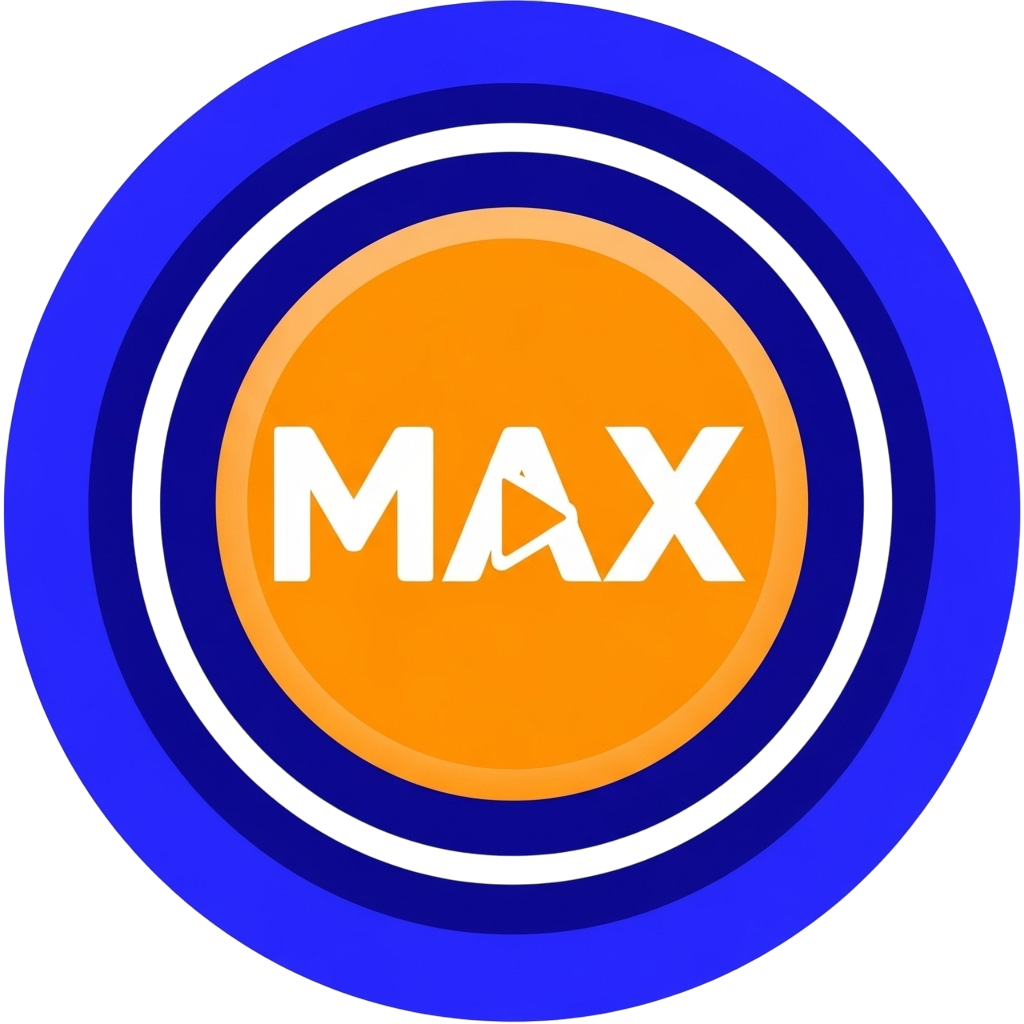If you've ever found yourself saying "Respect My Authoritah!" or shouting "Oh my God! They killed Kenny!", you understand the cultural impact of South Park. The
South Park Soundboard is a comprehensive digital collection of these exact moments-a hub of over-the-top character quotes, iconic catchphrases, and memorable sound effects from the legendary animated series. It captures the dark, satirical, and profanity-laced humor created by Trey Parker and Matt Stone, condensing over two decades of content into instant, playable audio clips. It remains incredibly famous because the show itself is a powerhouse of quotability, making its sounds perfect for reacting to real-life situations with cartoonish absurdity.
The Deep Dive: Tracing the Source of This Legendary Sound Collection
From Sketch to Screen: Pinpointing the Original Dialogue
The core of any South Park Soundboard is the source material: the television show South Park. Every sound clip originates from the voices of characters like Eric Cartman, Stan Marsh, Kyle Broflovski, and Kenny McCormick, who populate the titular Colorado town. Creators Trey Parker and Matt Stone write and voice the majority of the characters, infusing each line with their signature brand of satire. The popularity of the clips is directly proportional to the fame of the scenes they come from, such as Randy Marsh’s hilarious overreactions or Mr. Mackey’s perpetually repeated advice, “M’kay?”
The Digital Leap: When Did the Soundboard Trend Ignite?
The trend of compiling South Park quotes into interactive soundboards began very early in the internet’s history, establishing it as a pioneer in meme culture. While fan-made collections have evolved, dedicated soundboards, particularly those focused on the fan-favorite, antagonistic character Cartman, were being archived and shared online as early as August 2001. These early digital archives quickly went viral because they provided a simple, accessible way for fans to share their favorite quotes instantly, predating the rise of modern social media sharing tools.
Mastering the Art of Auditory Comedy: How to Use the Clips
The true fun of a South Park Soundboard lies in its versatility. New users can leverage the clips to inject humor or emphasis into a variety of situations:
- Online Reactions: Using a short audio clip as a reaction in a gaming stream, a voice chat, or even as a unique notification sound.
- Prank Calls: In the early 2000s, prank calls using Cartman's lines like "I'm not fat, I'm big-boned!" were a major driver of soundboard popularity.
- Emphasizing a Point: When someone says something ridiculous, hitting the button for a shocked "What the hell is that?" can instantly underscore the humor.
- Content Creation: Youtubers and TikTokkers frequently use the distinctive, flat animation style and voice clips to create short, viral skits and memes.
Final Thoughts on an Animated Cultural Phenomenon
The South Park Soundboard is more than just a collection of noises; it’s a living archive of animated pop culture. It captures the irreverent spirit of the show, allowing users to instantly summon the chaotic, hilarious, and often offensive energy of South Park, Colorado. From Cartman’s authoritarian demands to Kenny’s muffled squeaks, these sounds remain iconic decades later.
Ready to explore other epic collections and level up your audio arsenal? Don't stop at Colorado! Check out the
Ca Va Peter Soundboard for another dose of curated audio chaos on SoundboardMax.com and find your next favorite clip, m’kay?
